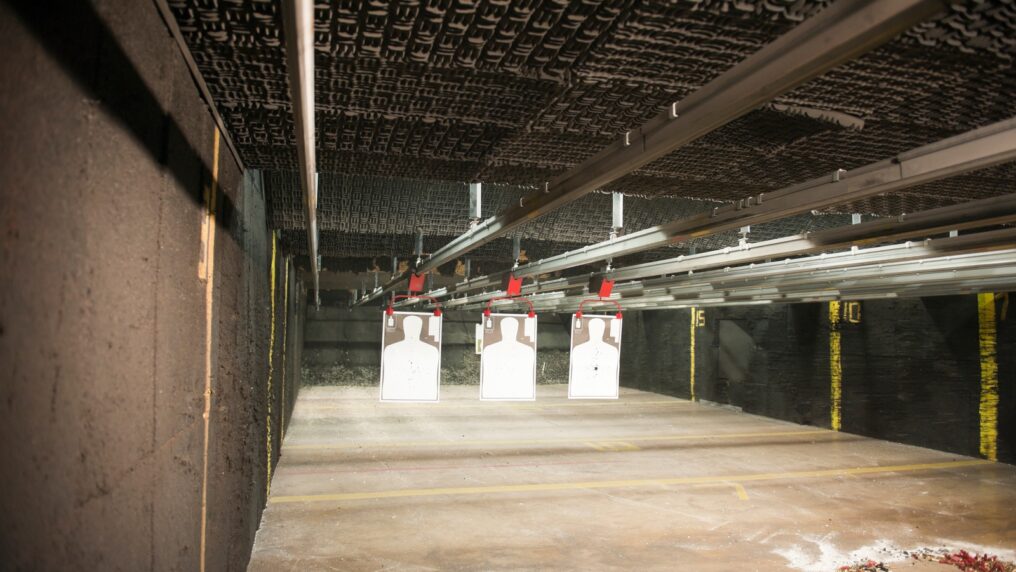
It’s the weekend. The weather’s not too great so visiting an outdoor firing range is probably out of the question. Fortunately, there are probably plenty of indoor shooting ranges near where you live (you should experience this indoor shooting range in Bellevue). Whereas honing your shooting skills at a firing range is an exciting prospect, you always have to remember that there are deadly weapons involved.
Safety considerations are, therefore, paramount to avoid unfortunate incidents. It’s important for both beginner and expert gun owners to regularly go through these safety tips to always ascertain that they are doing the right thing at all times.
1. Always Point the Muzzle in a Safe Direction:
If there’s just one rule that you must remember at all times, this is it. If every gun owner always pointed the muzzle away from objects they have no intention of shooting, there’d be far fewer firearm accidents. It’s especially important that you be aware of the direction of the muzzle when loading or unloading the gun. That way, in the event, that there’s an accidental discharge, there’ll be no injuries.
As a general rule, safe direction means a direction where you cannot hit anyone if the gun fires. You have to take into account the possible direction of ricochets and the likelihood of the bullet penetrating ceilings and walls.
2. Unload the Gun When Not in Use:
Your firearm should only be loaded when you are in the actual shooting area and preparing to fire. When not in use, guns and ammo must be placed in a secure location and separate from one another. Under no circumstances should children and unauthorized adults be allowed access to the weapons or ammunition.
Unless you are in law enforcement or private security, a loaded gun has no place near or in a building, car, or home. Whenever you hand over the firearm to someone else, open and inspect the chamber, magazine, and receiver to confirm that they do not have any ammunition. Always assume that a gun handed to you is loaded unless you physically inspect to establish otherwise.
3. Don’t Trust the Gun’s Safety:
Treat any firearm as though it could discharge at any time. That’s irrespective of whether the safety is on or off. The safety is a mechanical tool which means it could fail to function when it’s most needed. In addition, you may mistake the safety as off when it’s in fact on (for instance, if it’s in between the on and off positions).
A gun’s safety is simply meant to supplement proper firearm handling and should never be seen as a replacement for good old common sense. Never handle a firearm recklessly in the assumption that the safety is on. Irrespective of the status of safety, a strong enough blow can trigger the firing mechanism.
4. Know Your Target and What’s Behind It:
Once a bullet is discharged, there’s no reversing its course. It’s out of your control, and you can no longer direct what it will strike. Ergo, don’t fire a gun if you aren’t completely sure of your target and what’s beyond it. Make sure the bullet will not hurt anyone beyond the intended target.
Even when you aren’t at the firing range, don’t shoot blindly at any noise or movement around you if you aren’t certain what it is. No target is so urgent that you cannot pause to take cover and understand who or what they are and if there’s an innocent person close by that may be struck by your bullet.
5. Wear Ear and Eye Protection:
Most of the tips we’ve covered so far are about protecting you and those around you on the range. This particular one is, however, for your own safety alone. All shooters on the firing range must wear ear and eye protection.
The gunshot sound when at close range can permanently damage hearing. Protective glasses protect the shooter from the impact of clay target chips, falling shots and twigs, shrapnel, and the rare gun malfunction. The glasses will also keep your eyes safe from flying springs, tension parts, and other agents when cleaning and disassembling any gun.
The shooting range is a place of learning and fun. Nevertheless, it can also be the scene of tragic incidents. These tips will ensure that deadly accidents are less likely to occur.
Read Also:




























